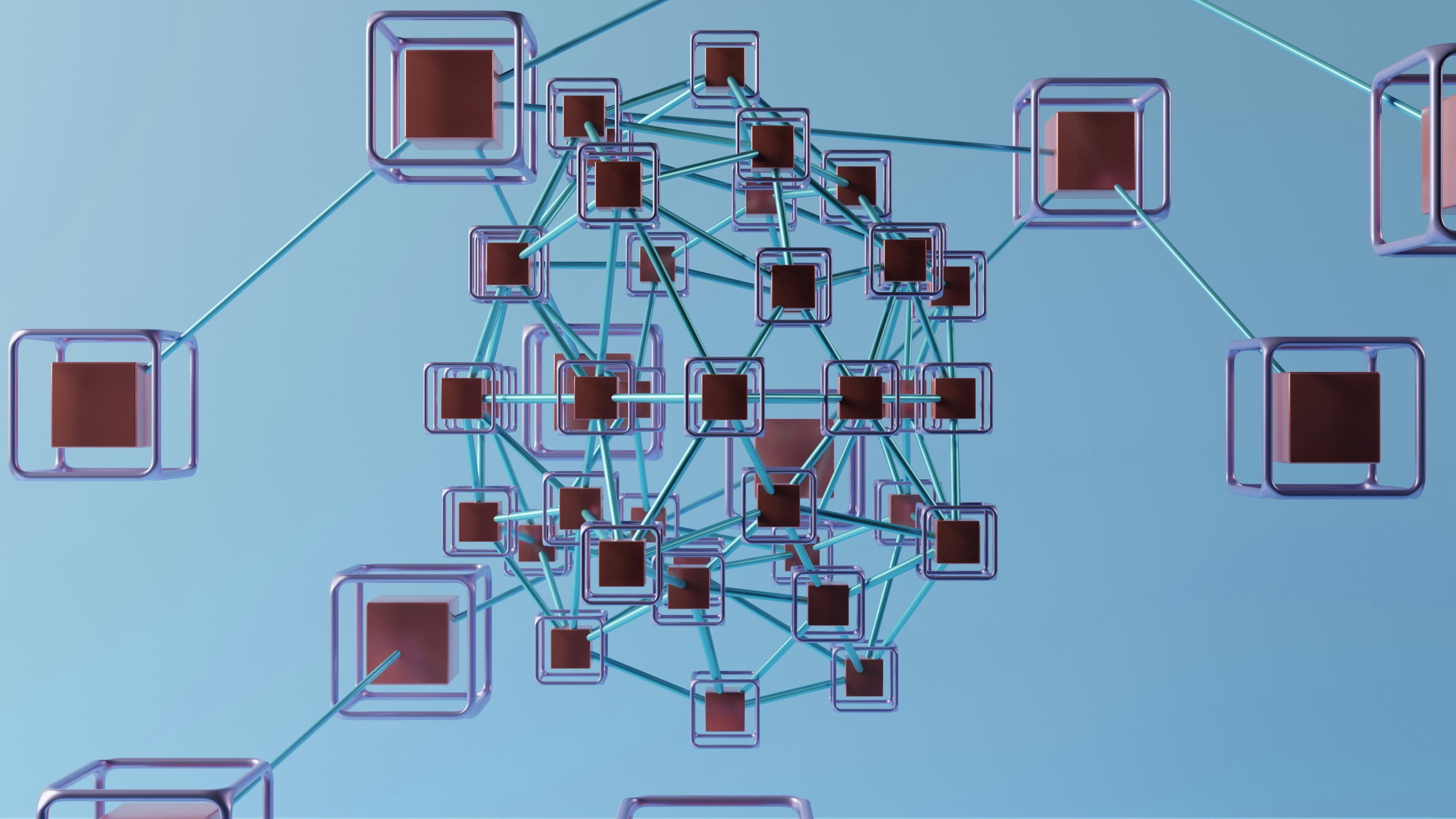The Operational Bottleneck: Manual Systems, Fragmented Tools
Across the board, home care leaders face strained resources. Whether it's an administrator juggling compliance and scheduling, or a compliance officer buried in audit prep, the root issue often traces back to fragmented, outdated systems.
Key Impacts:
- High administrative burden
- Missed compliance deadlines and costly fines
- Inconsistent training quality
- Caregiver dissatisfaction and turnover
Why it persists: Tech resistance, tight budgets, and fear of disruption keep agencies stuck in manual mode—even when they know it’s hurting their growth.
Smart Technology = Better Outcomes for Every Role
For Administrators: Streamlined Compliance and Caregiver Management
Administrators often wear multiple hats—handling operations, compliance, and hiring. Using a fragmented system slows everything down.
Things that can have an immediate impact:
- Automating training compliance with real-time tracking
- Integrating with AMS and payroll systems
- Mobile-first training is accessible in numerous languages
Result: Less time chasing caregivers. More time optimizing care.
Pro Tip: Set up automated reminders and reports within your LMS to alert caregivers and supervisors ahead of compliance deadlines.
For Compliance Officers: Audit Readiness Without the Scramble
Audits can derail operations, especially when caregiver records live in spreadsheets and filing cabinets.
Things that can have an immediate impact:
- Centralized digital records
- Real-time dashboards for training and documentation
- Flexible training options to increase completion rates
Result: Reduced audit stress and higher pass rates.
For Directors of Patient Services (RN/DPS): Better Training, Better Care
Care quality starts with caregiver competency. But in-person training and mentoring take time—something RNs and DPS leaders don’t have enough of.
Things that can have an immediate impact:
- Deliver specialized training (e.g. dementia, infection control)
- Support for both asynchronous and synchronous formats
- Provide skill-gap remediation triggered by incident data
Result: More confident caregivers and improved patient outcomes.
Checklist for Clinical Directors:
- Identify common care-related incidents
- Match training modules to skill gaps
- Assign and track remediation within Nevvon’s platform
For Operations Leaders: From Chaos to Clarity
Fragmented systems and manual workflows sap productivity. Operations leaders need integrated tools to scale.
Things that can have an immediate impact:
- Centralized data from disparate systems
- Enable instant performance reporting
- Drives consistency and accountability across locations
Result: Reduced overhead, increased operational efficiency, and better margins.
Pro Tip: Use Nevvon analytics to identify underperforming branches or shifts, then deploy targeted interventions.
For HR Leaders: Attract, Train, and Retain Better
HR is ground zero for recruitment, onboarding, and retention—but is often stretched thin.
Things that can have an immediate impact:
- Speed up onboarding with mobile-first modules
- Differentiate your agencies in caregiver recruitment --> Reward/REcongize the onboarding process (Checkout our friends at Caribou)
- Provides culturally relevant training that reduces burnout
Result: Faster time-to-hire, higher caregiver satisfaction, and lower turnover.
The TKO Advantage: Training, Knowledge, Optimization with Nevvon
Nevvon isn’t just another LMS. It’s a compliance engine, a training platform, and a strategic growth tool—built specifically for home-based care.
Why It Works:
- Designed with multilingual caregivers in mind
- Seamlessly integrates with Agency Management Systems (AMS)
- Offers robust reporting for audits, HR, and executive teams
Bottom Line: When every department has the right tools, the whole agency runs better.
It’s Time to Future-Proof Your Home Care Agency
Manual systems and fragmented tech are no match for today’s regulatory complexity and workforce challenges. By investing in a centralized, mobile-friendly platform like Nevvon, agencies can cut costs, improve care, and future-proof their operations.

